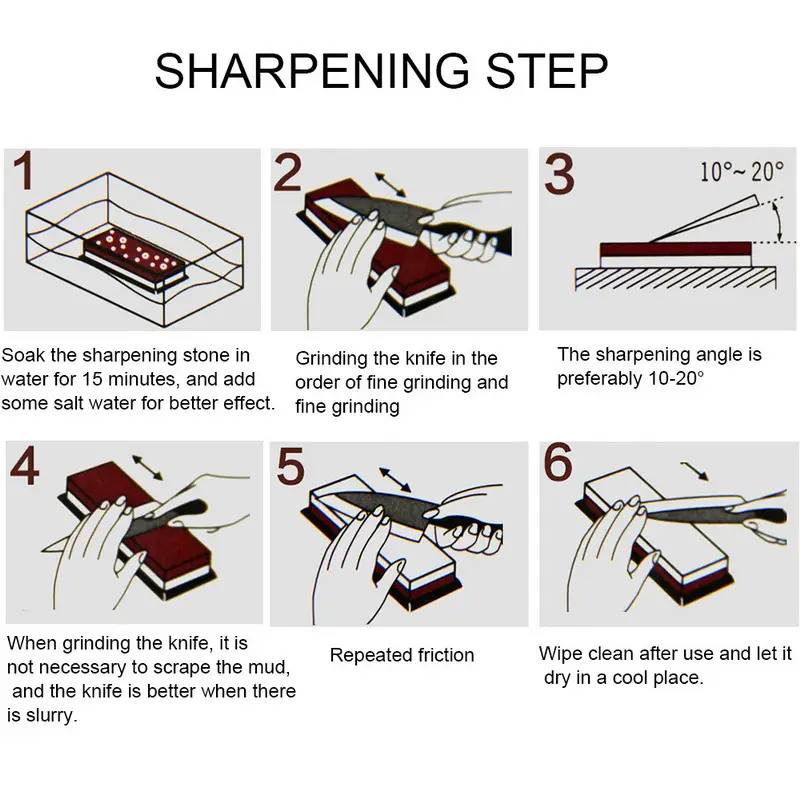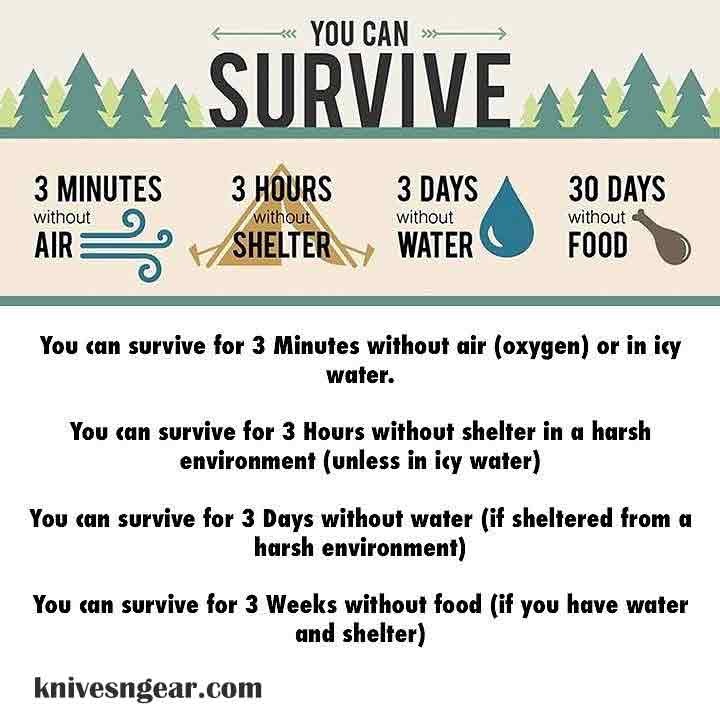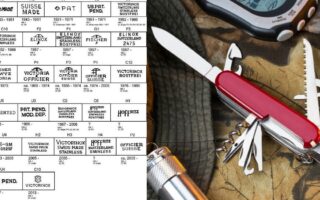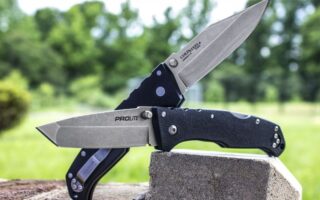A horizontal carry knife is a type of fixed-blade knife that can be carried horizontally on the belt, making it easily accessible, comfortable, and concealable. Horizontal carry knives, also known as scout carry knives, are popular among outdoor enthusiasts, survivalists, and everyday carry (EDC) users.
Horizontal carry knives come in various shapes, sizes, and materials, but they all have one thing in common: they must be sharpened regularly to maintain their performance and edge retention. Sharpening a horizontal carry knife is not very different from sharpening any other knife. Still, some tips and tricks can help you achieve a razor-sharp edge with minimal effort and time.
What You Need to Sharpen Your Horizontal Carry Knife
To sharpen your horizontal carry knife, you will need the following tools and materials:
- A sharpening stone or a sharpening system. You can use a natural or synthetic stone, such as a whetstone, an oilstone, or a diamond stone. Alternatively, you can use a guided sharpening system, such as a Lansky or a KME, that provides consistent angles and results. The sharpening stone or system choice depends on your preference, budget, and skill level.
- A honing rod or a strop. A honing rod is a metal or ceramic rod that aligns the knife’s edge after sharpening. A strop is a leather or synthetic strip used to polish the knife’s edge and remove any burrs or micro-serrations. Both tools help refine and smooth the knife’s edge and improve its sharpness and durability.
- A lubricant. Depending on the type of sharpening stone or system you use, you may need to apply some lubricant to reduce friction and heat during sharpening. The most common lubricants are water, oil, or honing oil. Some stones or systems do not require any lubricant at all.
- A rag or a paper towel. You will need something to wipe off the excess lubricant and metal filings from the knife and the stone during and after sharpening.
How to Sharpen Your Horizontal Carry Knife

Step 1: Clean Your Knife and Your Stone
Before you start sharpening, make sure your knife and your stone are clean. You don’t want any dirt or dust to get in the way. You can wash your knife with warm water and soap and dry it well with a cloth. You can also brush off any grit from your stone.
Step 2: Choose Your Angle
The angle is how much you tilt your knife on the stone. The angle affects how sharp and strong your edge will be. A lower angle (15-20 degrees) makes a sharper edge but wears out faster. A higher angle (25-30 degrees) makes a stronger edge but is not as sharp. An angle of 20-25 degrees is good for most horizontal carry knives. You can use a tool or a device to measure the angle, or you can guess it by holding your knife straight up (90 degrees) and then cutting it in half twice (45 degrees and then 22.5 degrees).
Step 3: Sharpen One Side of the Blade
Put your blade on the stone with the edge facing away from you. Tilt it to the angle you chose. Press down firmly and slide the blade across the stone from the back to the front. Do this over and over until you feel a thin metal strip on the other side of the edge. This is called a burr. It means you have sharpened that side enough.
Step 4: Sharpen the Other Side of the Blade
Turn your blade over and put it on the stone with the edge facing toward you. Tilt it to the same angle as before. Press down firmly and slide the blade across the stone from the back to the front. Do this repeatedly until you feel a burr on the other side of the edge.
Step 5: Polish Your Edge with a Finer Stone
If you have more than one stone with different roughness, you can use a finer stone to make your edge smoother and sharper. A finer stone has smaller grains that remove the burr and polish the edge. Switch to a finer stone and repeat steps 3 and 4 until you are happy with your sharpness.
Step 6: Refine Your Edge with a Rod or a Strop
After sharpening your knife on the stone, you can use a rod or a strop to make your edge even smoother and sharper. A rod is a metal or ceramic stick that straightens your edge after sharpening. A strop is a leather or synthetic strip that smooths your edge and removes any tiny bits of metal. Both tools make your edge last longer and cut better.
To use a rod, hold it upright on a table and slide your blade along it from back to front at the same angle as before. Do this a few times on each side of the blade, switching sides after each stroke.
To use a strop, lay it flat on a table and pull your blade along it from back to front at a slightly lower angle than before. Do this a few times on each side of the blade, switching sides after each stroke.
Be careful not to cut into the rod or the strop as you do this.
Step 7: Test Your Sharpness
You can test your knife’s sharpness by cutting some paper, hair, or food. If it cuts smoothly and easily, then you have done a good job sharpening your knife. If it tears, pulls, or struggles to cut, then you may need to sharpen it more or change your angle.
Congratulations! You have successfully sharpened your horizontal carry knife
How to Maintain Your Horizontal Carry Knife
To keep your horizontal carry knife in good condition and prolong its sharpness, you should follow these tips:
- Clean your knife after each use. Wipe off any dirt, moisture, or residue from the blade and the handle with a rag or a paper towel. Wash your knife with warm water and mild soap and dry it thoroughly if necessary.
- Oil your knife occasionally. Apply a thin layer of oil to the blade and the handle to prevent rust and corrosion. You can use any food-safe oil, such as mineral oil, vegetable oil, or honing oil. Wipe off any excess oil with a rag or a paper towel.
- Store your knife properly. Keep your knife in its sheath or dry and cool place when unused. Avoid exposing your knife to extreme temperatures, humidity, or sunlight.
- Sharpen your knife regularly. Depending on how often and how hard you use your knife, you may need to sharpen it every few weeks or months. A dull knife is less effective and more dangerous to use. Sharpen your knife whenever you notice it losing its edge or struggling to cut.
Conclusion
Sharpening your horizontal carry knife is not difficult if you have the right tools and techniques. By following the steps and tips outlined in this article, you can keep your horizontal carry knife sharp and ready for any situation.

Hi, my name is Taras Kulakov and I’m a knife enthusiast. I have been collecting knives for over 30 years and I’ve owned literally thousands of different models over that time. My goal with this site is to share some of what I’ve learned about knives. You can find more info about Taras Kulakov here.




